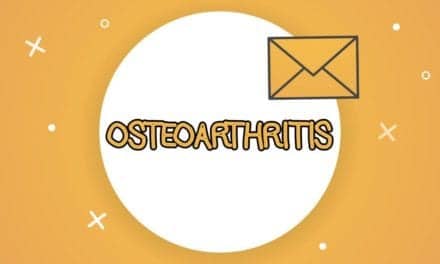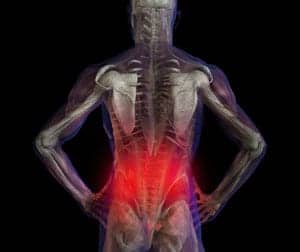A study conducted by researchers at Washington University School of Medicine in St. Louis suggests that stroke damage to “cables” buried inside the brain plays a key role in impairments such as speaking, paying attention, difficulty moving, and depression post-stroke. The cables connect cells on the brain’s surface to each other, to other cells deep in the brain, and to cells in the spinal cord that link the brain to the rest of the body, a university news release notes.
Maurizio Corbetta, MD, the Norman J. Stupp Professor of Neurology, explains in the release that the study offers new framework to think about the damage caused by stroke.
“A more complete and accurate description of the most common anatomical damage and deficits after a stroke will help us understand how the brain can adapt to recover lost functions and potentially lead to new rehabilitation strategies,” Corbetta says.
The release states that in order to get a better sense of how stroke damages the brain, Corbetta and colleagues began a study of patients who had just sustained first-time strokes. The new study uses data collected from 132 patients treated at Barnes-Jewish Hospital.
Researchers used MRI scans of the brain in every subject to assess the extent and location of stroke damage. They also measured structural connectivity and functional connectivity. The release adds researchers examined attention, vision, movement, language and memory, which are often impaired by stroke. The evaluations occurred 1 to 2 weeks, 3 months, and one year after each patient’s stroke.
The study’s results indicate that stroke is more likely to cause the most harm in three areas of the brain under the cortex. The first area is the white matter, second is the basal ganglia, and finally the thalamus.
Additionally, researchers say deficits following stroke are better described by three groupings rather than by many individual deficits. The first group was reportedly linked to issues with language and memory; the second group was linked to issues with vision, left body movement, general attention and awareness of space; and the third was linked to issues with right body movement and awareness of the right side of space.
According to the release, the blend of deficits across many patients was not due to damage caused by the strokes, but to damage of white matter “crossroads” regions with fibers that have many connections. Corbetta says these lesions impact communication across many brain legions, which can help explain why the damage they produce causes such a diverse range of symptoms.
While much of research has focused on the cortex, Corbetta emphasizes “Our results show the importance of loss of connections due to white matter damage, and highlight the need to look at the impact of stroke on the ability of undamaged brain regions to communicate. Future studies should focus on how the stroke affects brain function. This should be very helpful in diagnosis and treatment of these patients.”
Source: Washington University in St. Louis





